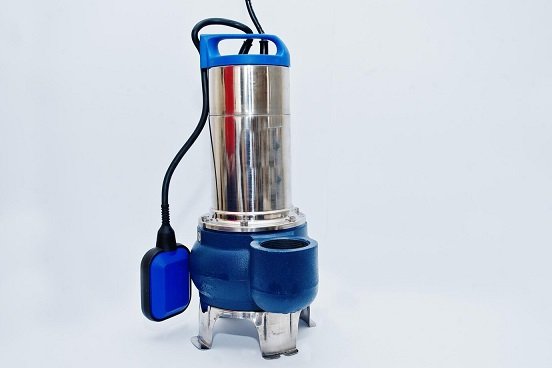In the realm of water management, submersible water pumps emerge as indispensable devices designed to navigate the underwater world and transport water to the surface.
Encased in a waterproof shell, these pumps serve a multitude of applications, from drainage systems and sewage handling to deep well drilling. This comprehensive guide delves into the intricacies of submersible water pump Malaysia, exploring their types, factors influencing selection, and the essential aspects of their use and maintenance.
Understanding the Diversity: Different Types of Submersible Water Pumps
Stainless Steel Submersible Pumps:
Key Features: Highly durable, corrosion-resistant, and suitable for underwater applications like wastewater treatment or oil drilling.
Material: Crafted with high-grade stainless steel for robust performance and longevity.
Cast Iron Submersible Pumps:
Key Features: Robust and efficient tools for industrial and residential water management.
Material: Constructed from durable cast iron, ensuring sturdiness and a long lifespan.
Plastic Submersible Pumps:
Key Features: Highly efficient water-pumping devices, particularly suitable for drainage, sewage pumping, or pond filtering.
Material: Manufactured from durable forms of plastic, offering a lightweight yet robust solution.
Multistage Submersible Pumps:
Key Features: High-performance devices with multiple stages, designed for increased pressure and lifting capacity.
Applications: Widely used in water wells, irrigation systems, and oil wells, providing efficient performance and durability.
Navigating the Selection Process: Factors to Consider
Pump Material:
Significance: The composition of the pump material is crucial for durability and corrosion resistance, considering the abrasive nature of handled fluids.
Common Materials: Cast iron, stainless steel, and thermoplastics are frequently used for their robust qualities.
Power and Discharge Rate:
Importance: Power reflects the amount of energy supplied at once, while discharge rate indicates the duration of sustained performance.
Impact: Both factors significantly influence overall pump efficiency and longevity.
Submersible Pump Size and Weight:
Relevance: Size and weight play a pivotal role in determining a pump’s performance and functionality.
Variation: Larger, heavier pumps often have higher capacities, suitable for industrial use, while smaller pumps are ideal for domestic applications.
Durability and Resistance:
Key Qualities: Durability ensures a pump’s longevity, while resistance allows it to withstand harsh conditions or specific factors like heat, water, or pressure.
Selection Criteria: Choosing materials built to last and withstand wear and tear is essential.
Cost and Budget:
Crucial Factors: Cost and budget considerations are vital for any project or business.
Financial Health: Developing an accurate budget helps monitor and control spending, ensuring financial health and sustainability.
Mastering the Art of Use and Maintenance
Installation Steps:
Safety First: Begin with safety precautions, including disconnecting power to the pump.
Installation Process: Fix the pump to the pipes, position it in the water source, connect it to the water system, and restore power for operation.
Regular Maintenance:
Enhancing Efficiency: Routine checks for wear and tear, software updates, dust removal, and backups are vital for device efficiency and longevity.
Troubleshooting: Identify, diagnose, and resolve issues through regular restarts, system updates, and expert assistance when needed.
Operational Safety Measures:
Prioritizing Safety: Regular maintenance, proper personnel training, adherence to safety protocols, and wearing protective gear are crucial.
Clean Workspace: Maintaining a clean workspace, fostering open communication about safety concerns, and proper management of hazardous materials contribute to operational safety.
In the intricate world of water management, submersible water pumps emerge as silent heroes, navigating the depths to ensure efficient water transport. With a nuanced understanding of their types, selection criteria, and essential maintenance practices, these pumps become not just tools but reliable partners in the journey of water management.


